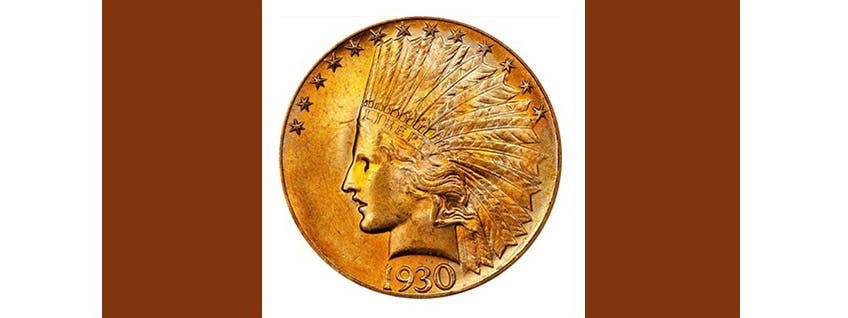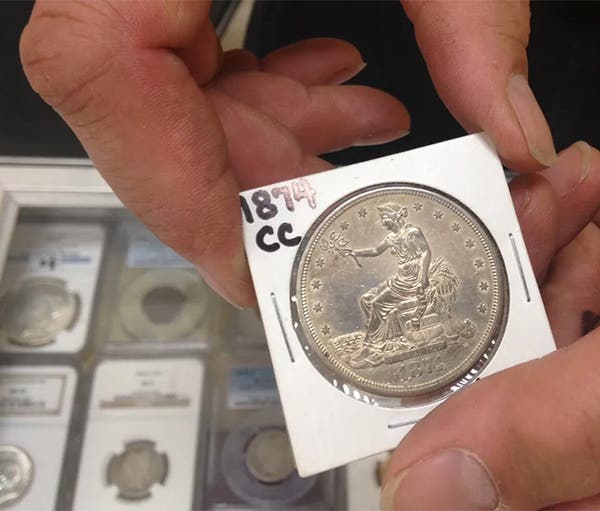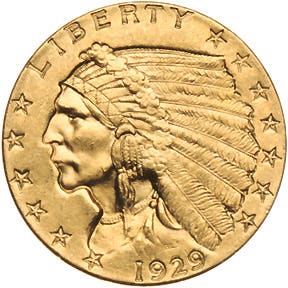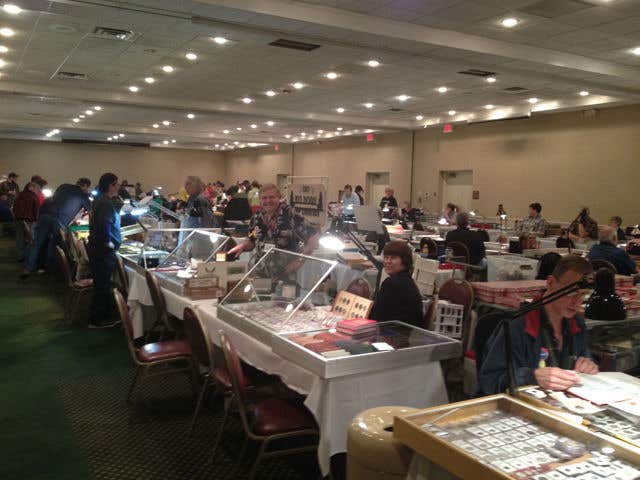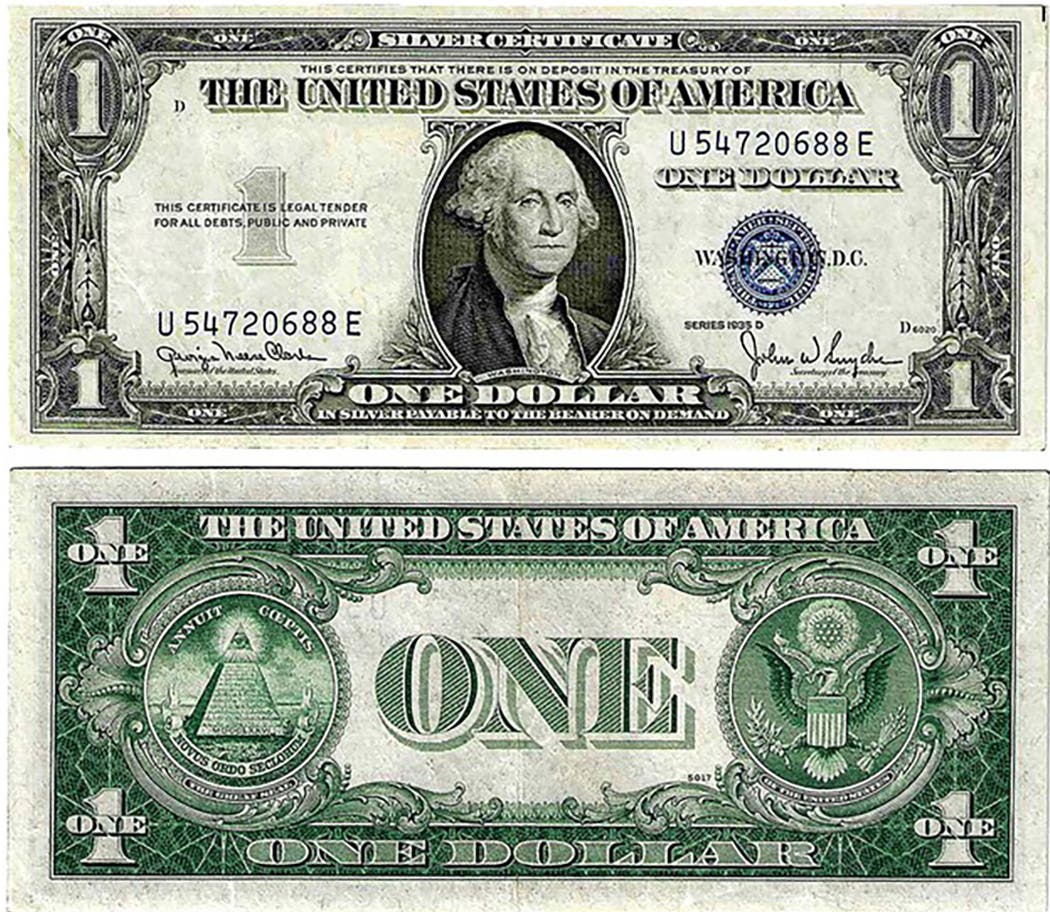Letters to the Editor: July 6, 2022
Toning Can Occur, Even in Sealed Coin Holders In reply to a question in “Coin Clinic,” Mr. Giedroyc didn’t answer the question posed to him but also gave misleading and…
Toning Can Occur, Even in Sealed Coin Holders
In reply to a question in “Coin Clinic,” Mr. Giedroyc didn’t answer the question posed to him but also gave misleading and uninformed information – more of an advertisement for PCGS than anything.
If he was informed about testing of toning of coins while in slabs, PCGS or any other for that matter, he would know that the slabs are not airtight and that in as little as 24 hours silver and copper coins can turn color. (See Coin World July 8, 1996, Page 79.) This experiment as oversaw by Weimar W. White, chemist and author of Coin Chemistry, (2012, Page 23) give startling details about toning changes from the three grading services.
It is therefore clear that Mr. Giedroyc is misinformed and mislead as so many other collectors are about slabbed coins. In fact, some third party grading services that slab coins will not guarantee some coins. “Because copper coins are so susceptible to damage and deterioration, certain certification services do not guarantee the grades it assigns to them, i.e. color, as it does with coins produced in other metals.” (Scott Travers, “The 10 Greatest Myths of ‘Slabbed’ Coins, Oct. 10, 2009, www.usgoldexpert.com/articles/the-10-greatest-myths-of-slabbed-coins.) For those who want to gain fulling understand of this issue, they can refer to a forthcoming article in ErrorScope on coin toning.
Ron Brown
Address withheld
Editor’s note: Following is a response from Richard Giedroyc.
The quote from the PCGS website used to answer the question in the May 31 issue of Numismatic News reads: “A method for keeping coins in as close to their original state as possible is to have them graded and encapsulated by PCGS.” The statement “as close to their original state as possible” does not suggest the slab will ensure the coins can’t be impacted by the environment. Further in the statement it reads, “maximum protection.” I fail to see where the use of the word “maximum” is either misleading or guarantees the surface of an encapsulated coin can’t change.
Fazzari, Mishler Columns Touch on Important Aspects
I just wanted you to know how much I enjoy reading the columns by F. Michael Fazzari and Clifford Mishler in Numismatic News.
Here’s why:
I read Mr. Fazzari’s articles for the technical aspects of our hobby and why educating yourself is so important for the full enjoyment of numismatics.
Mr. Mishler’s columns embody the reason most of us get into coin collecting: the excitement of the hunt, the camaraderie and the sharing of time and knowledge which are vital to the full enjoyment of our hobby. I am sure when I say this, I am not alone in feeling I know Cliff Mishler even though I have never met him.
What prompted me to write was the excellent article by Mr. Fazzari entitled “Coin Designations: Let’s cut the Nonsense” in the June 7 edition of Numismatic News.
I used to wonder when I went to coin shows how those newer slabbed Full Bell Line Franklins got that designation! I have also seen through the years the changing (loosening) standards on grading with the major grading services. There seems to be demand for the old “rattler holders” that haven’t been cracked out and sent for re-grading as these coins are usually graded lower than the newer standards would indicate.
The points you bring up about the “Cameo” designation, the “Full Steps” on Jefferson nickels and why a lightly circulated Standing Liberty quarter can’t have the “Full Head” designation are all thought provoking and a great read.
I would like to add this while we are on the subject: Why would a chopmarked Trade dollar be given a damaged (details) grade noted “Chopmarked” with one of the third-party grading services (TPGS) and with another TPGS the full grade (also noted “Chopmarked”) as if the coin is undamaged?
Gary Wetmore
Address withheld
Editor’s note: Following is a response from F. Michael Fazzari.
This is an evolving thing. Technically, I’m not a coin dealer but as I remember, before the TPGS came along, Trade dollars with chops were considered to be damaged coins by dealers. They were sold at very reduced prices. At ANACS, we just authenticated them. Later, at the first grading service (INS Authentication Bureau), we used “technical grading” so a chopped coin was graded and “Chop Marked” was added to the description. By the mid 1980s when PCGS and NGC came along, chopped coins were again rejected as not suitable for grading. PCI in Tennessee was the first TPGS to slab problem coins. Chopped coins were graded as problem coins using a red label. “Chopped” was added to the label. At that time, no other service was slabbing problem coins. Eventually the major services graded problem coins. Interestingly, that was a throwback to the technical grading we did at INS: grade the coin, state the problem. Over time, as chopped coins became popular, some of the services started to straight grade them. ICG, where I work now, made that change about a decade ago. I suggest you check with the customer service department of the grading service to check their policy.
Error in Kennedy Half Bag Price in AnnounceMints
In the May 10 issue, Page 7, regarding the price of a bag of Kennedy half dollars from the Mint.
I’m rather certain the bags do not cost $34.50 for 200 halves, the same price as a couple rolls as noted in the “AnnounceMints” article.
I was just thinking perhaps someone may wish to note a correction.
Doug Noblet
Overland Park, Kan.
Editor’s note: The 200-coin bags of Kennedy half dollars are priced at $147 each, while the two-roll sets cost $34.50 per set. Numismatic News apologizes for any confusion the error may have caused.


